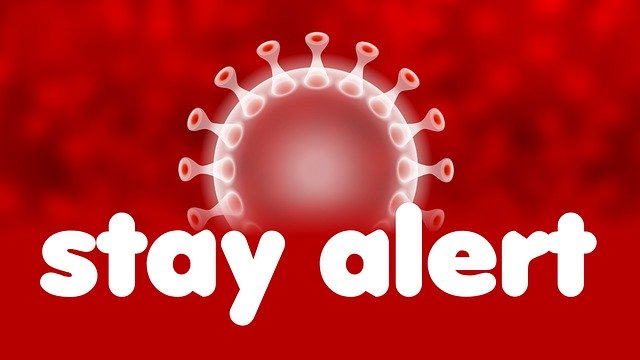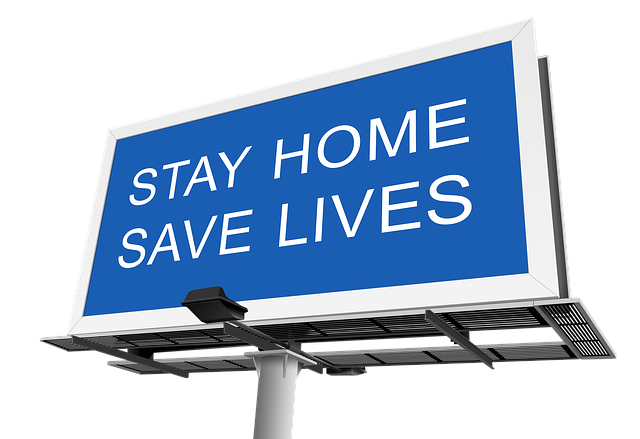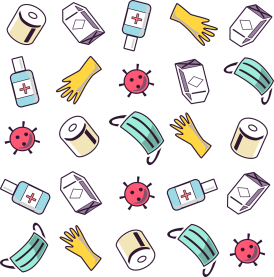Public health communication has a vital role in any national government’s response to a pandemic and that is to get the ‘right’ message to the ‘right’ people, at the ‘right’ time. But what are the ingredients of the ‘right message’ in an emergency crisis communication like the one we are currently experiencing? And what are the conditions under which the ‘right message’ will ultimately ‘save lives’?
There are three main elements to the design of ‘good’ public health messaging: the selection of content (what?), mode (how?), and source and audience (from whom, to whom?), which are discussed in more detail below.
What?
In any public health messaging, content selection is driven by a need for accuracy, reflecting up-to-date and reliable medical and scientific evidence. Given that early in the pandemic information is limited, while demand for information is high and pressing, a phased approach to content design is taken, making it possible for public health messaging to adapt to the changing outcomes of ongoing risk assessments, health experts’ recommendations and political decision-making. A common way to connect these different phases, and ensure the communication of a clear and consistent message, is to formulate the public health risk as a problem, which can be dealt with a single action in each phase. For example, in the first phase of the response to COVID-19 launched on 23 March 2020, the problem was formulated as the risk to health raised by the quick spread of coronavirus and the action singled out as the solution was the injunction to ‘Stay home’. In the second phase of the campaign launched in England on 15 May, the problem was reformulated as the continued risk of the coronavirus’ spread and the proposed solution changed into taking responsibility for continuing to control and contain the virus summed up in the slogan: ‘Stay alert’.

How?
A problem-solution formula is never communicated on its own. Story and visual effects are added to provide additional context and make any injunction meaningful, relevant, and convincing for those who are expected to put it into action. Highlighting the outcomes of the proposed action and the broader significance by turning the problem-action formula into a cause-effect chain is one way of achieving this. To take the example of the first phase of the response to COVID-19, these additional effects are added through the sequencing of related actions in three parts, visually marked by arrows and framed by colours that signal the different level of alert and urgency.
In addition to the slogan, further story effects are created by connecting the main messaging to patient stories or reports from the NHS’s front line. These real-life stories and witness reports lend credibility to the campaign, bringing to the fore people’s and health professionals’ unique experiences with the disease.
To whom/from whom?
Getting a clear and consistent message to all different groups of people and individual across regions and communities is, however, a complex operation that requires the use of a wide range of media, including social media messaging, billboards, letters, postcards, and phone calls to ensure everyone is included in the communications. A key part in this process of dissemination is to ensure the message is accessible by different people and communities and that it is available in the multiple languages used in communities. Organisations like HealthWatch are vital in this process, supporting local communities and individuals navigate the mass of information, while also listening to health service users’ experiences and advocating for their needs.
In a digital era, social media is proving instrumental in getting the message across. From hashtag campaigns to regular COVID-19 tweets and Facebook posts from official UK authorities accounts, which provide information and advice from the Minister, First Ministers, NHS and public health authorities across UK, social media platforms are used as hubs for dissemination and sharing. Influencers and public figures are also helping to spread the message via their personal profile accounts in a bid to reach younger audiences.

From the ‘right’ message to the ‘right’ conditions
As any act of communication, health communication does not happen in a vacuum. It is embedded in existing social and cultural relations whose power dynamics vary sharply across communities. These create very different conditions for the experiencing of specific public health risks, and hence for the reception of the messaging of any health campaign. Gaps between a message and its interpretation are increased when a campaign uniformly places its focus on individuals’ responsible actions, as in the case of the ‘Stay home’/‘Stay alert’ campaign, disregarding the unequal distribution of capacity for action and undermining the high levels of trust needed between those who issue the message and those who are expected to enact them. Getting the message ‘right’ is, therefore, not enough. It is vital to get the conditions ‘right’, given that ultimately, the effectiveness of public health campaigns relies on the political and systems they reflect.



















Rate and Review
Rate this article
Review this article
Log into OpenLearn to leave reviews and join in the conversation.
Article reviews
Getting messages to different groups of people is an area I have dealing with in my current role and it interesting to read about these in this article. Using media, including social media messaging, billboards, letters, postcards, and phone calls is something that we do in the community setting.
Getting a clear and consistent message to all different groups of people and individual across regions and communities is, however, a complex operation that requires the use of a wide range of media, including social media messaging, billboards, letters, postcards, and phone calls to ensure everyone is included in the communications. A key part in this process of dissemination is to ensure the message is accessible by different people and communities and that it is available in the multiple languages used in communities. Organisations like HealthWatch are vital in this process, supporting local communities and individuals navigate the mass of information, while also listening to health service users’ experiences and advocating for their needs.
In a digital era, social media is proving instrumental in getting the message across. From hashtag campaigns to regular COVID-19 tweets and Facebook posts from official UK authorities accounts, which provide information and advice from the Minister, First Ministers, NHS and public health authorities across UK, social media platforms are used as hubs for dissemination and sharing. Influencers and public figures are also helping to spread the message via their personal profile accounts in a bid to reach younger audiences.
Communication is the method in Health Prevention